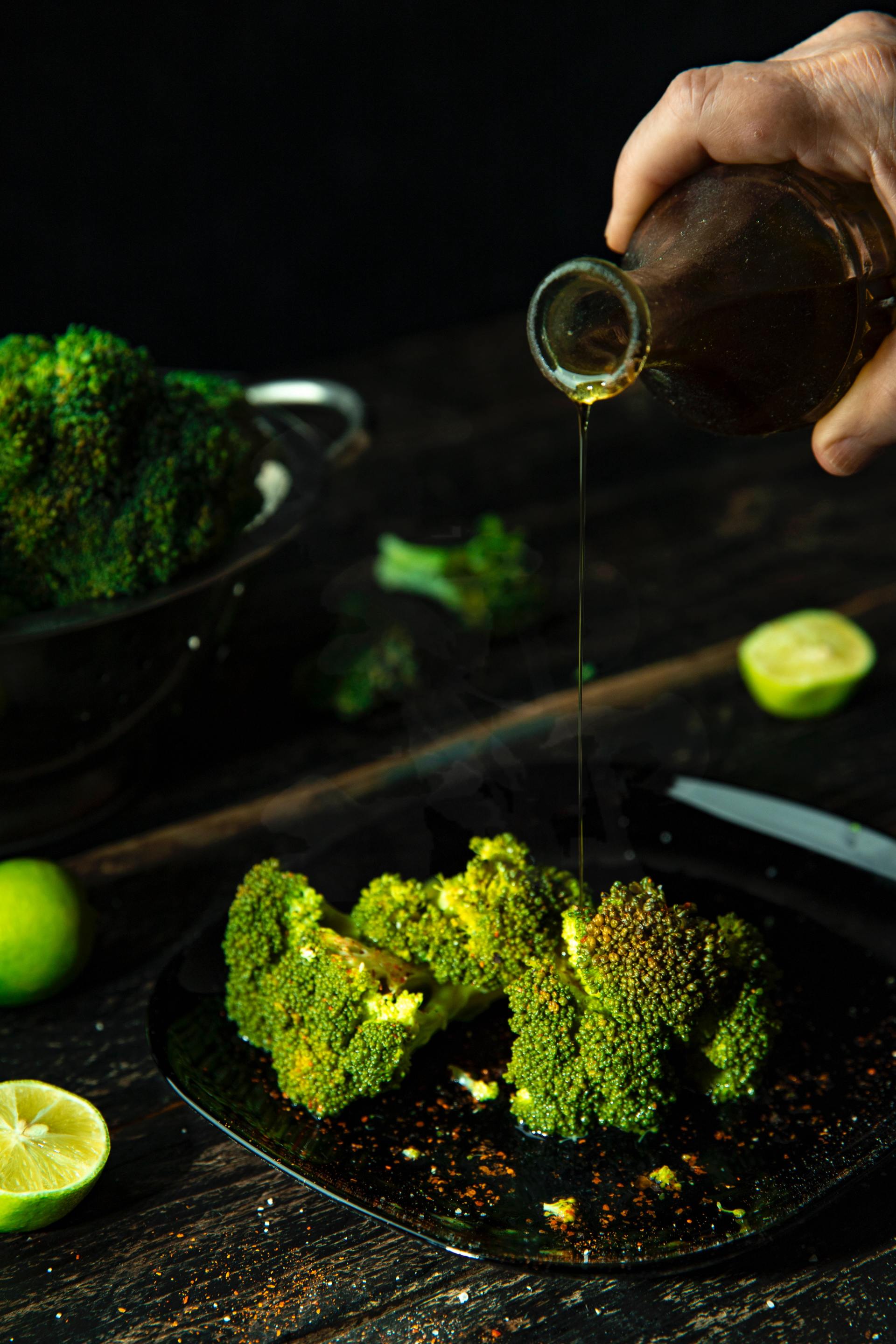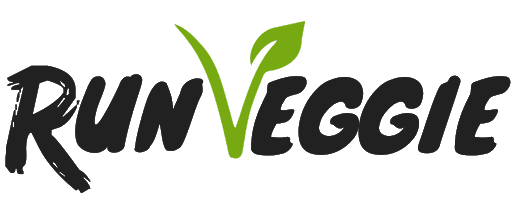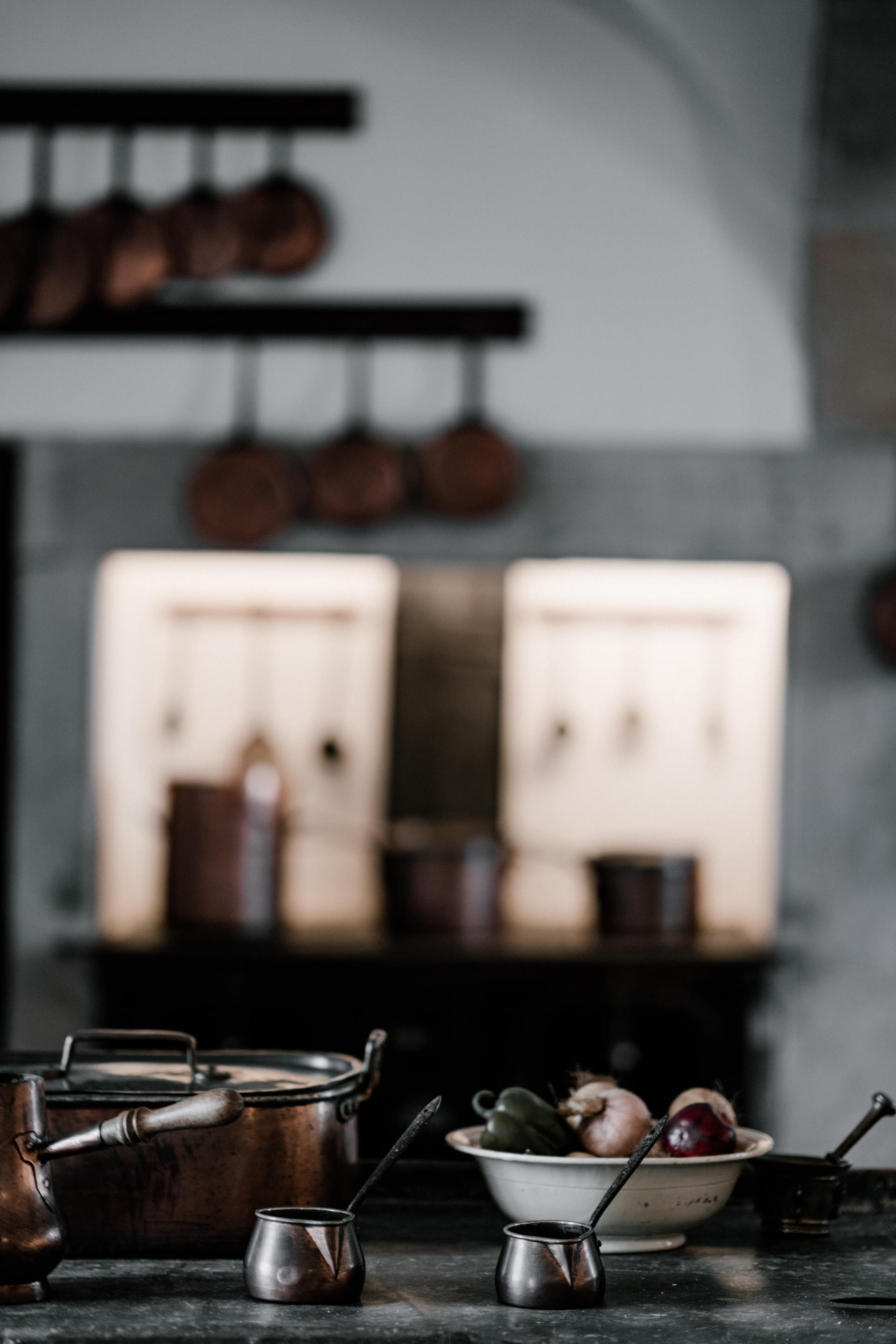Foodservice Cleaning and Safety Best Practices for the New Normal
Cleanliness is (and will always be) a top priority in the foodservice industry. It’s something that customers expect, and authorities require.
But even without these expectations and requirements, maintaining a clean establishment should be something that every food distributor and restaurateur must do. And this has become even more crucial in the “new normal” brought about by the COVID-19 pandemic.
While we know that the pandemic doesn’t generally spread because of food, the food industry – both those serving food and distributing ingredients – are likely to feel its impact in the long run.
People will expect stricter compliance with sanitary protocols. To make sure you’re ready, here are four foodservice cleaning and safety best practices that food distributors and food service establishments should follow:
1. Maintaining Strict Personal Hygiene Protocols
Personal hygiene practices, like frequent and proper hand washing, are among the most recommended safety measures against the spread of the COVID-19 virus.
Although good personal hygiene has always been a common practice in the foodservice industry, its importance has been brought to light during the global pandemic. Because they handle food, clean dining spaces, and serve guests, restaurant and food distribution staff need to strictly maintain personal hygiene more than anyone.
To keep everyone in your food establishment safe, consider implementing these protocols in your foodservice business as recommended by the U.S. Food and Drug Administration (USFDA):
- Highlight frequent and proper hand washing, especially before handling food and items used for food consumption. Washing hands should be done for at least 20 seconds, and this should include rubbing the palms, wrists, fingers, and the spaces in between.
- Hand washing should be done using antibacterial soap and water. You can also provide alcohol-based sanitizers with a minimum of 60 percent alcohol content for the kitchen and waitstaff to use, but make sure that this isn’t done with unwrapped and exposed food around.
- Remind the team not to touch their faces, especially their nose, eyes, and mouth without proper hand cleaning first, and to cover their sneeze or cough with a tissue, which is thrown directly to the trash after use.
- As much as possible, use gloves when handling ready-to-eat foods to reduce direct bare-hand contact.
2. Regular and Diligent Two-Stage Surface Cleaning
Two-stage cleaning is a process that consists of regular surface cleaning and disinfection. The first part entails removing dirt and other visible particles on the surface using a multipurpose cleaner. After that, the area is sanitized using a disinfectant solution approved by the local health agency.
For the second stage of this process, be sure to read the label and stick to the required contact time for the disinfectant solution to be effective. This should range from 30 seconds to five minutes.
Focus on high-touch surfaces, such as tables, chairs, doorknobs, and countertops.
It is also best to use disinfectants approved by the Environmental Protection Agency, especially those with the COVID-19 virus external icon. In the absence of such products, you may also use alternative disinfectants, such as one-third cup of bleach with a gallon of water or 70 percent alcohol solutions. Never mix bleach and other disinfection products.
3. Better Standard Operating Procedures
Another way you can make sure that your business is ready to take on the responsibility of keeping your customers safe is to execute better standard protocols. These should be enhanced to strategically deal with the fast-spreading virus that usually infects a person through direct and indirect contact.
For direct contact, you can implement the recommended six-feet social distancing protocols as part of your team’s routine. This should also be maintained even with guests.
For indirect contact, keep packages handed to customers clean and germ-free through methodical packaging and serving of food, as well as preparation and food and beverage distribution.
4. Implement the Use of COVID-19 Safety Gear
Since the COVID-19 virus spreads through droplets that disperse in the air when an infected person coughs, sneezes, or speaks, wearing safety gear specifically made to block these airborne droplets should also be required within the establishment.
Some of the essential pieces your team and guests should be wearing are face shields and face masks. All staff members should be covering their mouth and nose – and even their entire face – to prevent the spread of viruses and bacteria. Since masks can be uncomfortable when cooking, you can opt for full-face shields instead.
Meanwhile, restaurants should also consider implementing the wearing of disposable gloves in the kitchen, especially when preparing food. However, you also need to remind the kitchen staff, waitstaff, and even guests to avoid cross-contamination. This can occur when they touch money and other surfaces that potentially host the pathogen using the same gloves you eat with.
Besides wearables, restaurants and other food establishments can also install transparent shields between spaces where the food staff and customers usually talk. This can come in the form of plexiglass or plastic shields placed on drive-thru windows, host stands, registers or checkout counters, and even restrooms.
Stay Safe Amidst the New Normal
The world has changed significantly after COVID-19 spread across the globe, giving birth to a “new normal” way of doing things. As such, those in the foodservice industry need to be vigilant now more than ever in implementing cleanliness protocols to keep everyone safe.
Here at Run Veggie, we understand how vital cleanliness and safety practices are in food handling. Talk to us to learn how you can get guaranteed clean and safe ingredients for your restaurant or foodservice business.


